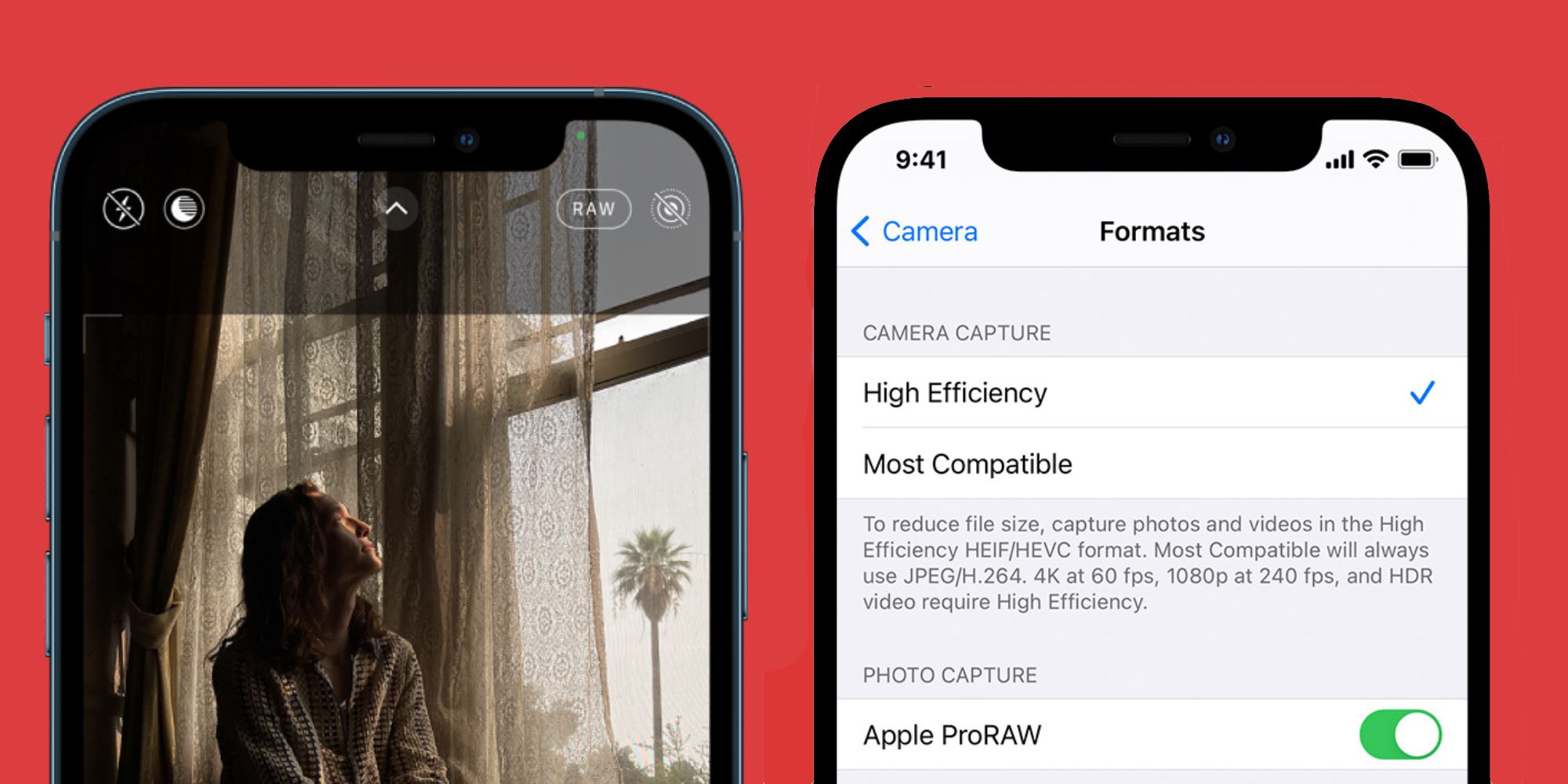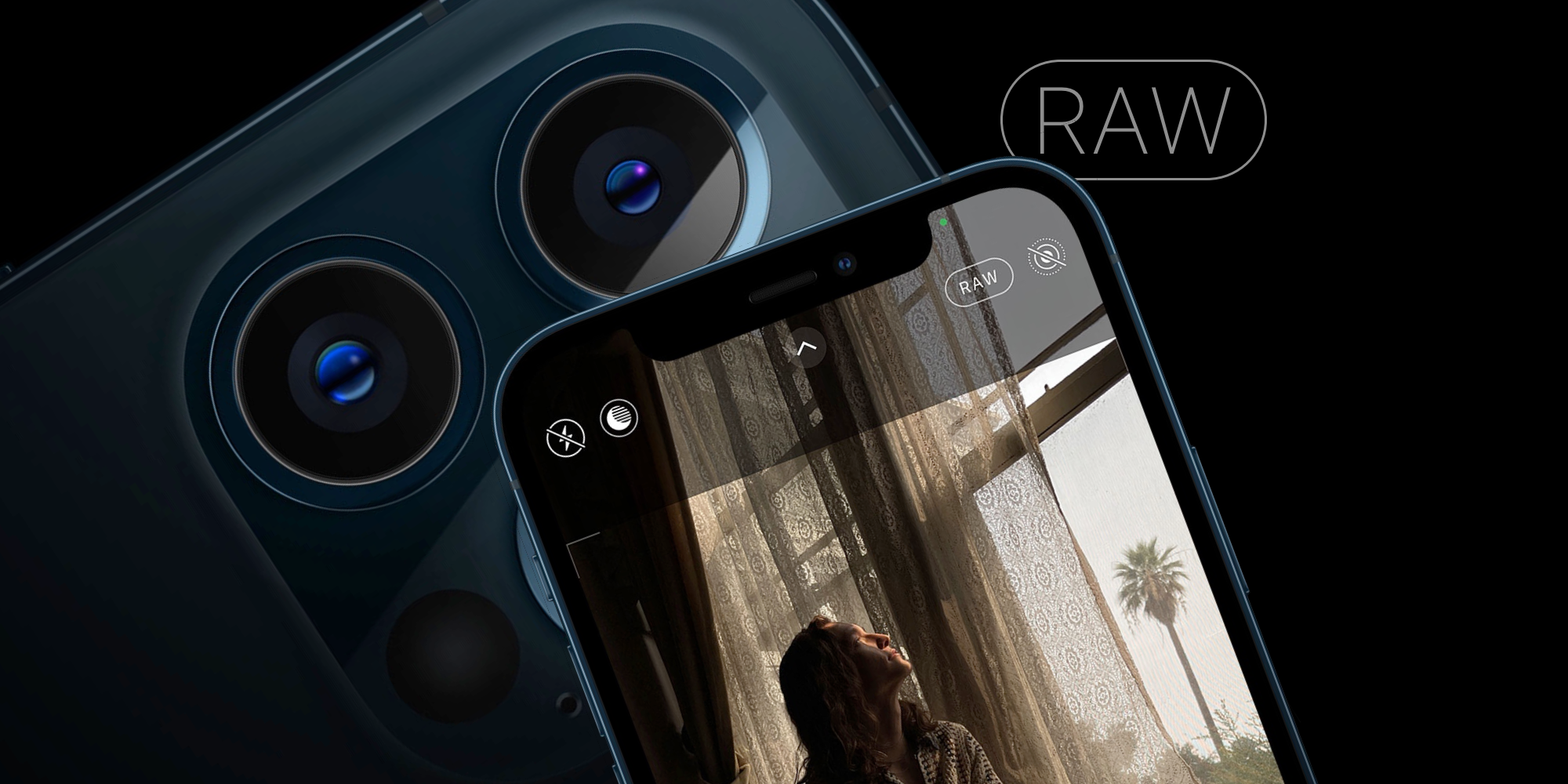Apple makes some of the best smartphone cameras on the market that include ProRAW on specific iPhone models. Apple is undoubtedly the best player when it comes to shooting video on smartphones. The iPhone is capable of shooting up to 4K at 60 frames per second in Dolby Vision HDR. And with the iPhone 13, Apple introduced cinematic mode, which enables users to shoot video with a bokeh-style blurred background. However, that's limited to 1080p at 30fps.
In terms of its camera capability, the iPhone has been able to take portrait photos for several years now, dating back to the iPhone 7 and panoramic shots. By default, Apple takes all images in the HEIF photo format, which takes up about 1.3 MB per photo. However, Apple also lets the user switch to the JPEG format if their other devices, such as their computer, do not support HEIF. JPEGs shot on iPhone are typically 2.5 MB in size.
In order to shoot ProRAW, the user will need an iPhone 12 Pro, iPhone 12 Pro Max, iPhone 13 Pro, or iPhone 13 Pro Max running iOS 14.3 or later. The standard iPhone 12/mini and iPhone 13/mini do not support ProRAW, unfortunately. If the user has a compatible model, they will need to head into the Settings app, find Camera, and then tap on Formats. From there, toggle on ProRAW. Once that's done, open the Camera app, and a new RAW indicator should appear on the top right corner. Press the indicator to turn the feature on or off. The user will know it's off if there's a slash going through it.
Should Users Shoot In ProRAW?
Apple ProRAW takes up substantially more space per photo. However, images shot in ProRAW retain more data than a standard JPEG or HEIF. Those familiar with the RAW format know that RAW images do not shave off any data whatsoever. This is important for those planning to take their photos into a photo editor such as Photoshop or Pixelmator. ProRAW is a variation of RAW. ProRAW retains all the data a typical RAW photo does, such as color, white balance, and exposure, and couples that with the iPhone's image processing.
If users don't plan on doing anything more with their photo after taking it, they probably shouldn't enable it as it'll be taking up more space on their iPhone while providing next to zero benefits. As mentioned earlier, HEIF photos typically take up 1.3 MB, and JPEG photos usually take up 2.5 MB. ProRAW, in comparison, takes up about 25 MB per photo. It's also worth mentioning that certain iPhone camera features will be disabled while shooting ProRAW. For example, the user won't be able to take Live Photos or Portrait photos if ProRAW is enabled.
Source: Apple


